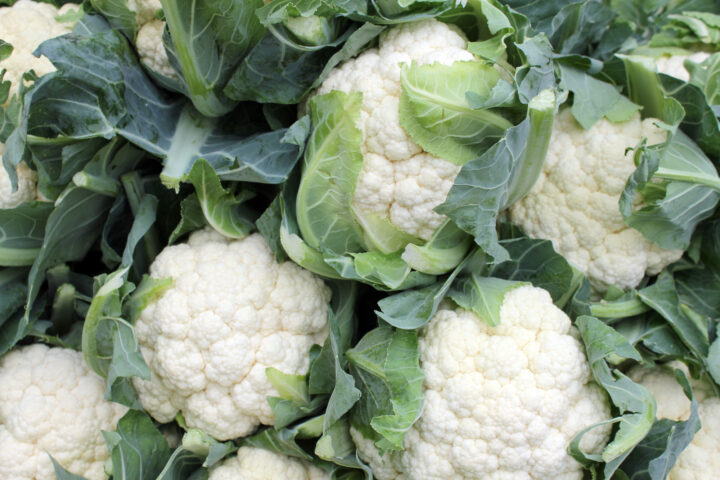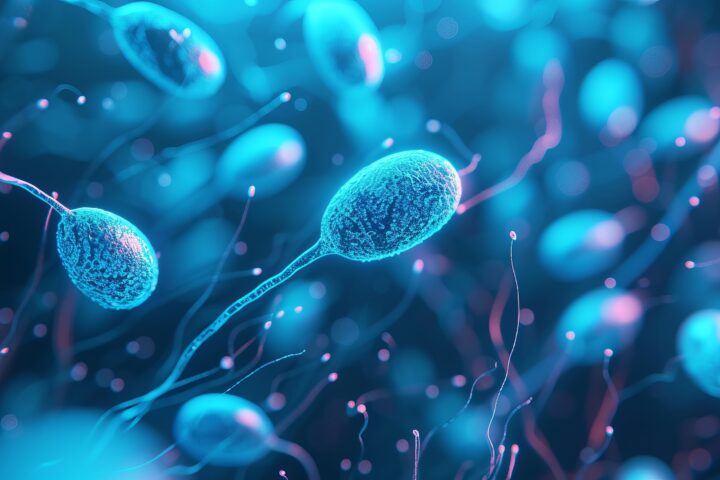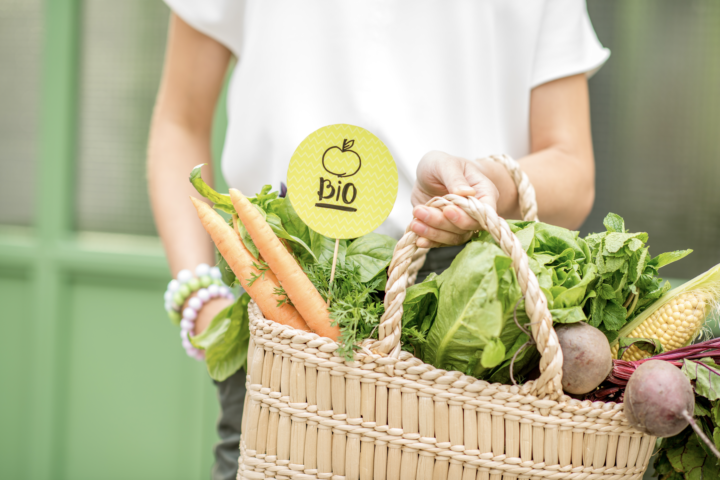
Triazole in Lake Geneva: Authorities give the all-clear
In late summer 2025, the news caused a stir: the substance 1,2,4-triazole – a chemical compound used in a wide variety of applications – was found in drinking water from Lake Geneva. Now the cantons of Geneva, Vaud and Valais have given the all-clear: the water is safe to drink.
Wednesday, November 5, 2025
After the findings were made public, the cantons of Geneva, Vaud and Valais concluded that the triazole measured in Lake Geneva poses no health risk. This was reported by Blick Romandie, among others, citing a toxicological assessment by the Swiss Centre for Applied Human Toxicology (SCAHT).
The concentrations in drinking water – around 0.7 micrograms per litre – are more than 400 times below the level at which health effects can no longer be ruled out.
In other words: ‘An adult would have to drink more than 900 litres of water a day to reach the theoretical threshold at which a health effect can no longer be ruled out,’ the report states. The water from Lake Geneva can therefore be drunk without hesitation. The authorities merely recommend continuing to monitor the concentrations regularly and pushing ahead with technical improvements in water treatment.
However, unlike the French health authority ANSES, which considers 51 micrograms per litre to be safe for 1,2,4-triazole on human and ecotoxicological grounds, its Swiss counterpart, the Federal Food Safety and Veterinary Office (BLV), insists on compliance with the purely precautionary limit of 0.1 micrograms per litre.
Industry reacts quickly – but the immediate solution is not sustainable
According to analyses, the measured traces of 1,2,4-triazole also originate from the Monthey chemical site, where Syngenta also operates production facilities and uses the substance as a raw material. The company emphasises that it is taking the situation very seriously. As a short-term measure, contaminated wastewater is to be thermally treated (incinerated) until a permanent solution is implemented at the source. Several technical processes, such as activated carbon filtration and liquid-liquid extraction, are also currently being tested. This is because 1,2,4-triazole cannot currently be removed by any municipal wastewater treatment plant. However, there is a lack of transparency as to whether any values have been measured at these and other plants around Lake Geneva, and if so, what they are. There is also uncertainty about the diffuse pathways of entry, as 1,2,4-triazole is found in a wide variety of applications and is very likely to be formed in nature (see box below).
However, only by investigating these sources of pollution can the measured values in Lake Geneva be reduced. Measures taken by industry alone will not improve the situation. And they must be sustainable in the medium and long term in the broader sense, i.e. technically feasible and economically viable (as required by environmental law), ecologically sound and socially acceptable in terms of preserving jobs in the region. The immediate measures taken in response to political pressure are not sustainable – neither in terms of climate protection nor for financial reasons.
Between safety concerns and common sense
One thing is clear: the debate surrounding limits for chemical residues in water and food is often characterised by fears and emotions that are deliberately or unwittingly provoked. To strike a balance between safety concerns and practical common sense, it often helps to draw a clear comparison with more familiar situations in life, as Roman Mazzotta, Country Head of Syngenta Switzerland, does: "One of the most dangerous things you can do is drive a car. There are rules about keeping your distance. On the motorway, the distance to the next car must be 60 metres. That is the “limit value”. For chemical substances that are neither DNA-damaging nor carcinogenic, a hundredfold safety margin is applied to this limit value. Applied to car traffic, this would mean maintaining a hundredfold distance of 6 kilometres to the next car. On which motorway in Switzerland could you still drive with such distance rules? I am concerned with the same sense of proportion when it comes to limit values for water."
The precautionary principle can undermine sensible action and have enormous cost implications. Precisely because analytics are making ever smaller residues visible, it is essential to classify the measurement results scientifically. Not every residue is necessarily a problem – and not every officially ordered ‘remediation’ of a drinking water catchment is financially sensible and toxicologically appropriate. This is demonstrated by this current case – as well as by the ‘chlorothalonil case’, which is still pending in court.
1,2,4-triazole – a substance with a wide range of uses
As several studies and investigations show, the chemical compound 1,2,4-triazole (124T) enters the environment through a wide variety of uses:
- ...It is used as a nitrification inhibitor in certain organic and inorganic fertilisers to reduce the amount of nitrate that enters the groundwater.
- ...It originates from medicines administered to treat fungal infections (human and veterinary medicines).
- ...It is released by biocides, e.g. paints and wood preservatives.
- has been detected in forest soils and leaves. It is considered almost certain that there is a natural pathway for the formation of this molecule;
- ...occurs as a degradation product, a so-called ‘metabolite’, which is formed when triazole fungicides are used in agriculture;
- ...has been used in a variety of industrial production processes since the 1940s:
– Polytriazole polymers: membranes, rubbers, polymer fuel cells, biocompatible implants, coatings
– Electronics: semiconductors, manufacture of electronic and optical IT products, electrical appliances
– Laboratory: manufacture of fine chemicals, research and development, bulk chemicals (including petroleum products) - Other: Corrosion inhibitors, solvents, detergents and cleaning agents
Sources
Kindly note:
We, a non-native editorial team value clear and faultless communication. At times we have to prioritize speed over perfection, utilizing tools, that are still learning.
We are deepL sorry for any observed stylistic or spelling errors.
Related articles

Facts about drinking water and limit values
'Pure' water is either a tasteless distillate or a selling point. As natural products, neither tap water nor branded water is 'pure'. However, both can be drunk without hesitation.

Dramatic drop in approved pesticides
Fewer and fewer pesticides are available to Swiss farmers. Many active ingredients are disappearing from the market. At the same time, the Swiss authorities are approving very few new ones. The Swiss farmers' association warns against new measures. Otherwise, a decline in domestic food production may ensue.

Chlorothalonil – communication with cost consequences
Once upon a time there was a canton in Seldwyla. In order to better regulate access traffic to a larger town, the canton decided to install so-called "gatekeeper systems" on the access roads, i.e. traffic lights that stop private traffic and thus access to the town by means of red lights when traffic in the town itself comes to a standstill.

Sperm crisis with a question mark: what the Swiss study really shows – and what it does not
The state of Swiss semen appears worrying – unless you live slightly south of the city of Aarau. There, sperm quality among young men is reportedly the highest. The prime suspect is quickly identified: pesticides.

Old Stories Die Hard – when (organic) marketing blinds us to reality
An ORF documentary highlights what many organic enthusiasts don’t want to hear: mutagenesis is genetic engineering – and has been present in countless crop varieties for decades. Yet organic retailers like REWE and dm demand labelling requirements for new breeding techniques. Scientifically, this makes no sense.

Protein yes – vegan? Probably not.
After years of hype surrounding meat alternatives, enthusiasm for vegan diets seems to be waning. More and more restaurants are returning to meat. Consumers are also placing greater emphasis on pragmatism rather than sacrifice.

'There is also a life before death' – Wine Pope Philipp Schwander on the Zeitgeist and the Activism of Health Authorities
The Swiss Master of Wine criticizes in an interview that wine is increasingly being demonized – contrary to scientific evidence and without any discussion about dosage and risk.

